Non-Woven Fabric: Materials, Characteristics, and Applications Product information 08/11/2023
Introduction to Non-Woven Fabric
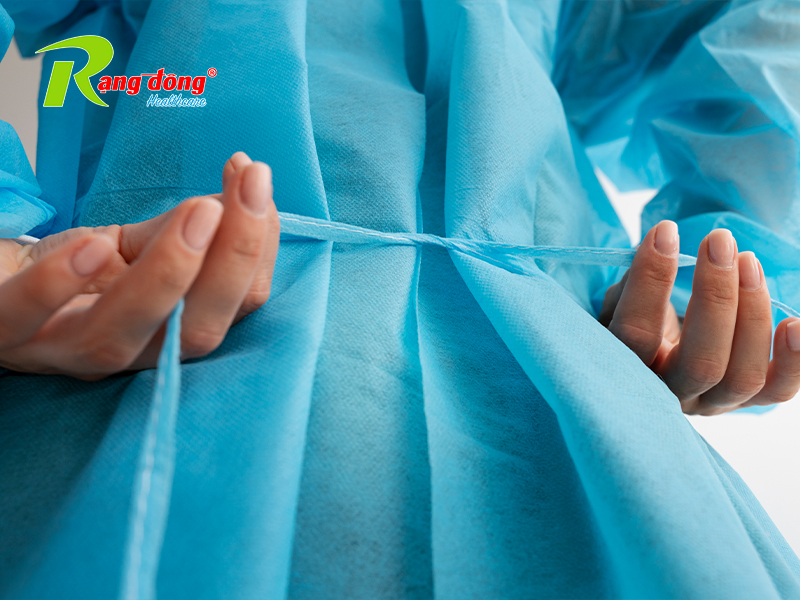
Advantages of non-woven fabric
Non-woven fabric, also known as “vải không dệt” in Vietnamese, is becoming a vital material in various fields. What makes non-woven fabric special? Explore its advantages, including its diverse applications and recyclability, in this article.
History and development of this material
Before delving into the technical aspects and applications of non-woven fabric, let’s learn about its history and developmental journey. From the early stages of production to modern advancements, non-woven fabric has undergone an intriguing evolution.
Materials and Manufacturing Process
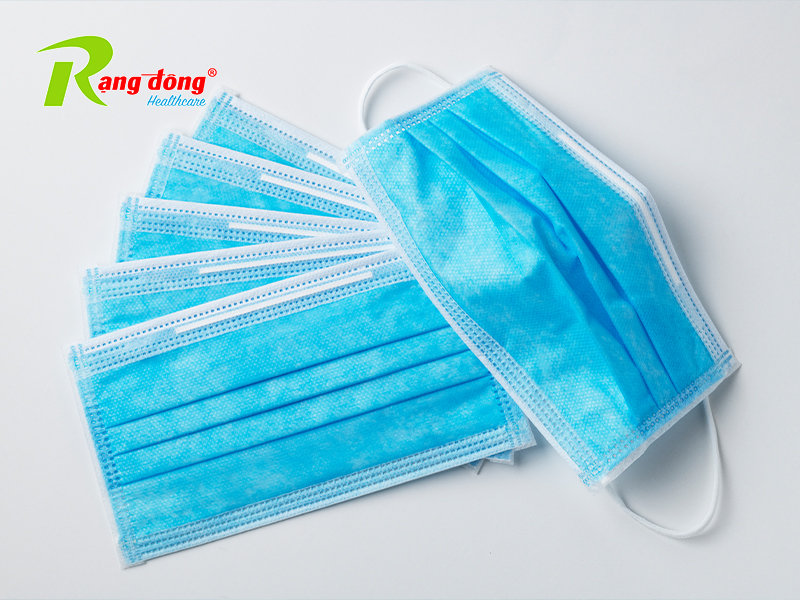
Commonly used materials
A crucial part of the non-woven fabric production process is the basic materials. We will explore the commonly used materials, including synthetic and natural fibers, along with their specific characteristics.
Non-woven fabric manufacturing process
Once we’ve grasped the materials, we’ll delve into the non-woven fabric manufacturing process. From creating fibers to bonding layers of fabric, this process demands technical expertise and strict procedures.
Characteristics of Non-Woven Fabric
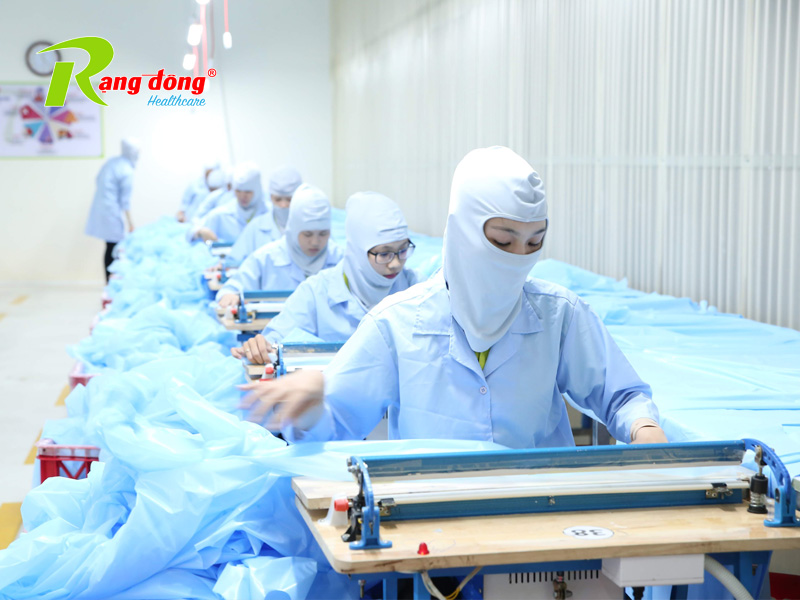
Durability and elasticity
Non-woven fabric is highly regarded for its durability and elasticity. These features not only enhance the product’s lifespan but also make it suitable for various applications.
Water resistance and breathability
The water resistance and breathability of non-woven fabric make it ideal for medical, sports, and fashion applications. We’ll explore how these characteristics are achieved in the final product.
Safety and environmental friendliness
Non-woven fabric not only ensures user safety but also contributes to environmental protection. We will examine how the material’s eco-friendly properties minimize environmental impact.
Applications of Non-Woven Fabric

In the medical industry
Non-woven fabric has become a pivotal material in the medical industry, used in bandages, medical masks, surgical gowns, and various other products. Its water-repellent and breathable properties play a critical role in safeguarding patients and healthcare professionals.
In the food and beverage industry
Non-woven fabric is widely used in the food and beverage industry. It is employed to manufacture filter bags, ensuring product safety and maintaining a clean environment.
In industrial and construction sectors
In the industrial and construction sectors, non-woven fabric is frequently used to create soundproofing, insulation, and waterproofing layers. This enhances the performance and durability of construction projects and industrial equipment.
In fashion and sports
Non-woven fabric offers both safety and fashion appeal. It is used in the production of fashion items, sports shoes, and various other fashion-related products. Its diversity in color and design is a strong point in this field.
In daily life
Beyond specialized applications, non-woven fabric is a part of our everyday lives. It is used in bags, mattresses, cushions, and various consumer products. This illustrates the material’s integration into modern life.
Benefits of Using Non-Woven Fabric
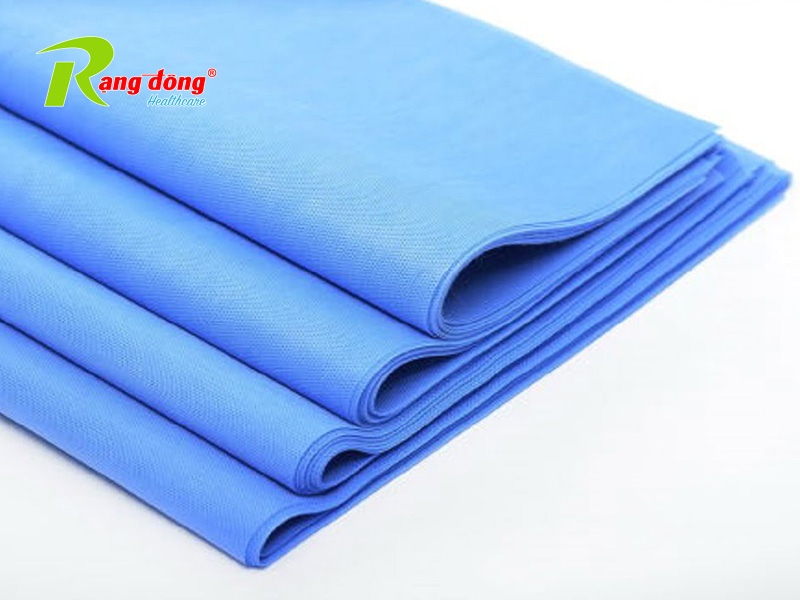
Cost-efficiency and effectiveness
The use of non-woven fabric can save resources, time, and effort. Its unique characteristics provide high performance while minimizing waste.
Versatility in applications
With the ability to customize the structure and properties of non-woven fabric, it can be tailored to fit various applications, from medical to industrial and fashion.
Recyclability and environmental protection
Non-woven fabric boasts high recyclability, minimizing environmental impact. Its eco-friendliness is a critical strength when considering its usage.
Future and Development of Non-Woven Fabric
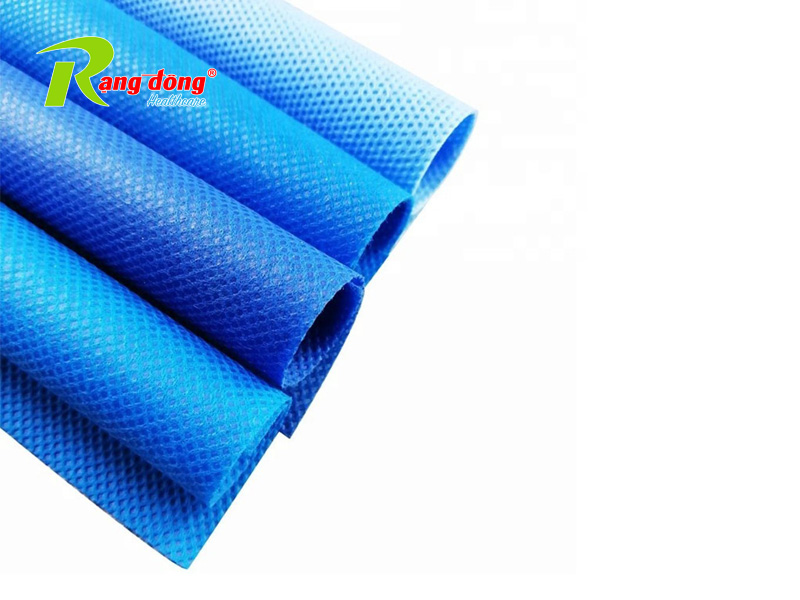
Trends and opportunities in the future
The world is witnessing continuous advancements in the non-woven fabric manufacturing industry. Trends are focused on improving production techniques, optimizing quality, and enhancing environmental sustainability. We will also explore the new opportunities that this growth brings to the material.
Research and new innovations
Ongoing research and innovation continue to open doors for advanced applications of non-woven fabric. Unique fabric types and creative uses are emerging, offering benefits to various industries.
VII. Rạng Đông Healthcare Company
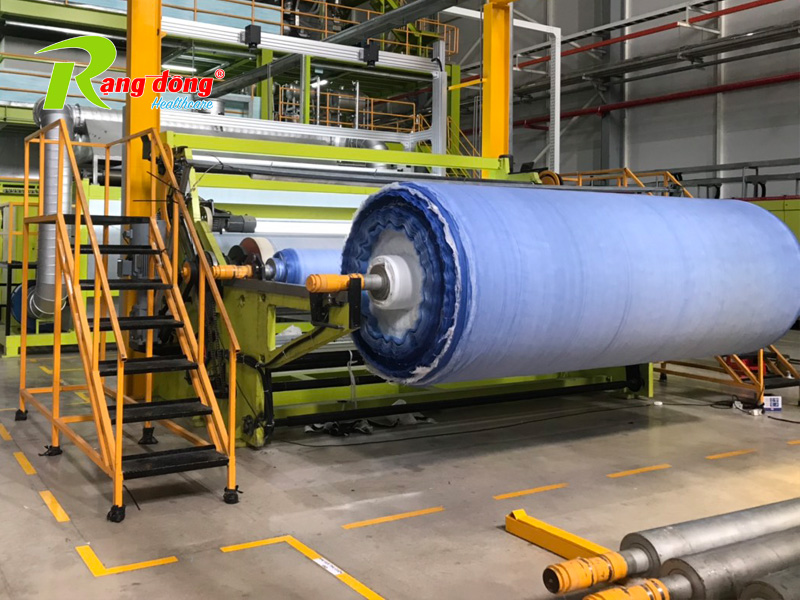
Role of the company in non-woven fabric production
Rạng Đông Healthcare plays a vital role in the Vietnamese non-woven fabric manufacturing industry. With professionalism and a commitment to quality, they contribute to the development of this material both domestically and in the international market.
Key products and services
Rạng Đông Healthcare provides a range of products and services related to non-woven fabric. These products include high-quality non-woven fabrics used in medical, food, industrial, and fashion applications. They offer customized solutions to meet specific customer needs.
Challenges and Opportunities
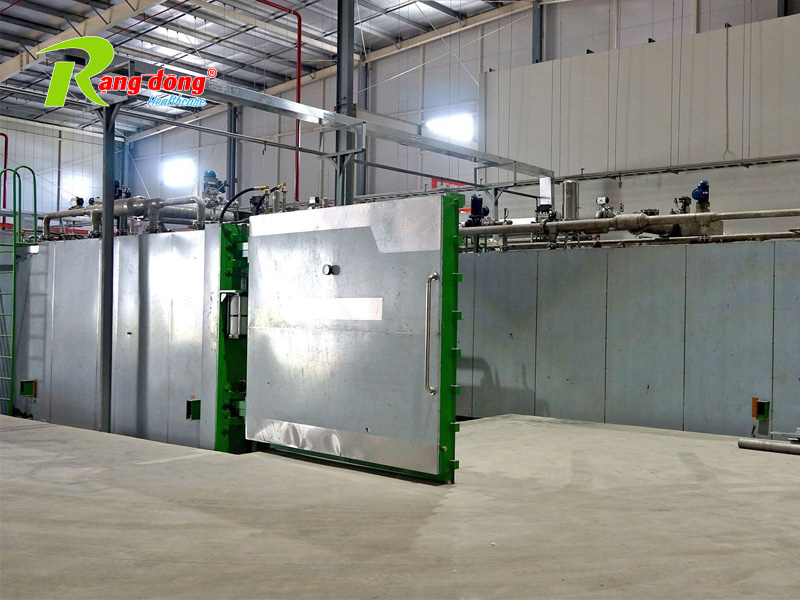
Challenges in using Non-Woven Fabric
Despite its many advantages, using non-woven fabric also presents challenges such as quality management, environmental standards, and competition. We will explore how [Rạng Đông Healthcare] and the industry address these challenges.
Opportunities for development and expansion
Challenges also bring opportunities. Research and innovation continuously open doors for the development and expansion of non-woven fabric applications. We will examine the opportunities and prospects within the industry.
Practical Examples
Prominent products made from Non-Woven Fabric
- Medical bandages: High-quality non-woven fabric is frequently used to manufacture medical bandages. They are water-resistant and gentle on the skin, aiding wound protection and healing.
- Fashion bags: Leading fashion brands often use non-woven fabric to create fashionable bags. This not only ensures fashion appeal but also contributes to environmental conservation.
- Air and water filtration: Non-woven fabric’s high filtration capability is utilized in air and water filtration systems. This plays a critical role in maintaining air and water cleanliness.
- Food packaging: Food filter bags and packaging protect food in a safe environment, shielding it from bacteria and temperature variations.
- Mattresses and cushions: Non-woven fabric is widely used in the production of mattresses and cushions, providing comfort and durability.
Analysis of Non-Woven Fabric’s Importance
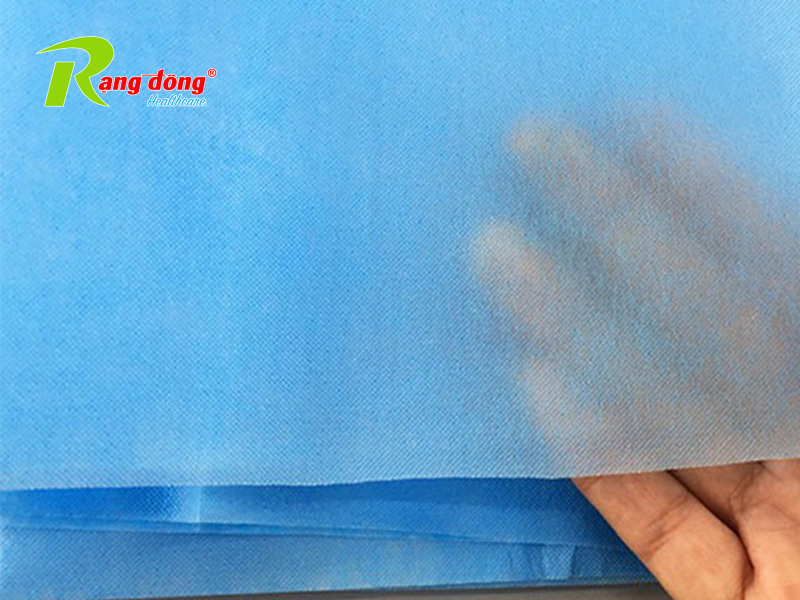
Growth of the industry using non-woven fabric
Non-woven fabric has become a crucial component of various industries. Its diverse applications and eco-friendliness are vital for ensuring safety, efficiency, and sustainability in product development and processes.
Demand in the Vietnamese Market
Urgency and opportunities in the domestic market
In the Vietnamese market, the demand for non-woven fabric is on the rise. Industries such as healthcare, food, industry, and fashion all require this material to meet the growing demands of customers.
Quality Control Systems
Why quality is essential
The quality of non-woven fabric plays a crucial role in ensuring the safety and effectiveness of the end product. Quality control guarantees that the product meets the highest standards.
How Rạng Đông Healthcare ensures quality
Rạng Đông Healthcare is committed to ensuring high-quality products through rigorous quality control processes and high-quality standards.
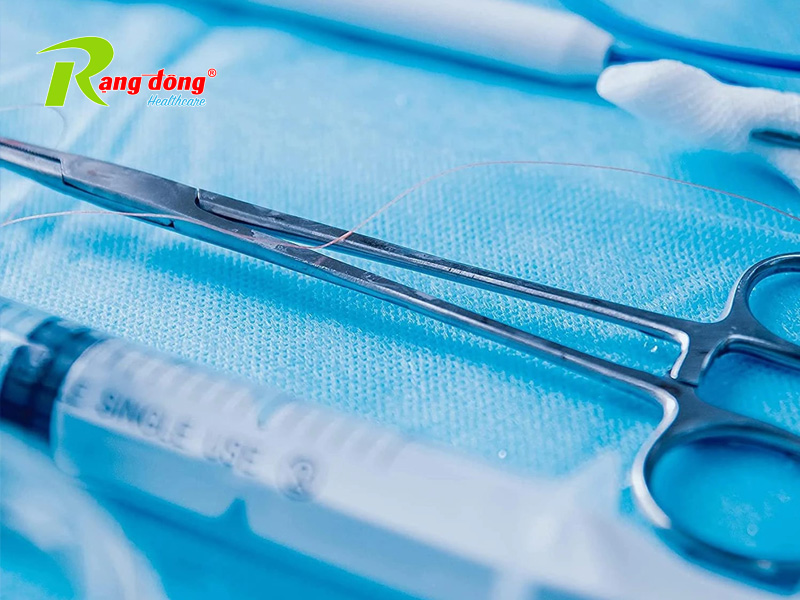
New Trends in Non-Woven Fabric
Advanced technology applications
New technologies are being applied to create non-woven fabric products with higher performance and aesthetic appeal. This includes the use of advanced machinery and production processes.
Creativity in design and color
Creative design and color play a role in making non-woven fabric more attractive in the fashion and interior design industries. These innovations are noteworthy and significantly impact the market.
Global Market Potential
Export opportunities and market expansion
With the development of the non-woven fabric manufacturing industry, export opportunities and market expansion are becoming more attractive. [Rạng Đông Healthcare] and other businesses in the industry have opportunities to promote their products internationally.
In summary, non-woven fabric is a versatile and critical material in numerous industries. Its environmental friendliness, versatility in applications, and customizability are crucial factors in assessing the value of this material.






